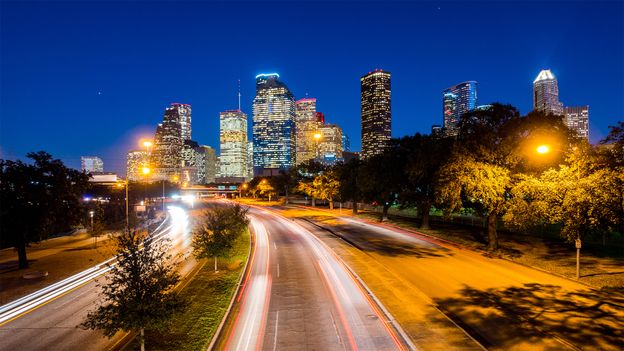About two billion birds fly through Texas in the spring – and lit-up buildings pose a deadly risk. Turning out the lights at night could save countless fatal collisions.
It was a foggy Thursday morning when animal services supervisor Josh Henderson received news of a mass mortality. On May 4, 2017, 395 migratory birds died after smashing into one office tower in Galveston, Texas. Henderson rushed to the scene to witness the gruesome spectrum of feathers from yellow and orange to blue and grey of the lifeless small-featured bodies.
“It was awe-inspiring and tragic,” says Henderson, who is now the executive director of the Humane Society in Galveston.
…
In 2020, Cornell, Houston Audubon and a range of other organisations joined forces to start the “Lights Out, Texas!” campaign, which encourages building owners, developers and businesses to switch off non-essential lighting from 11pm to 6am each night during spring and autumn migration. Timed for around March-June (spring migration) and August-November (autumn migration), the campaign aims to help create a safe passage for nocturnally migrating birds. Since then, Lights Out Texas has taken hold in every major city in Texas. The state is considered an especially important place for the campaign given its position as a mass bird migration hotspot.
…
Around 24 communities in Texas have pledged to follow the Lights Out recommendations.
Early data collection suggests that Lights Out is effective, says Chloe Saucedo Crumley, the public affairs and engagement manager at Audubon Texas. After tracking the bird crashes at Chicago’s towering McCormick Place over 20 years, researchers found a 60% decrease in bird mortality when lights are turned off.



I was curious why this is effective.
I wonder if it’s a deer in the headlights effect or more like moths?
Prolly more like moths, except moths try to keep the light on their backs as opposed to their forward position.